Affiliate links on Android Authority may earn us a commission. Learn more.
5 signs that you're ready to upgrade your smartphone
December 4, 2017
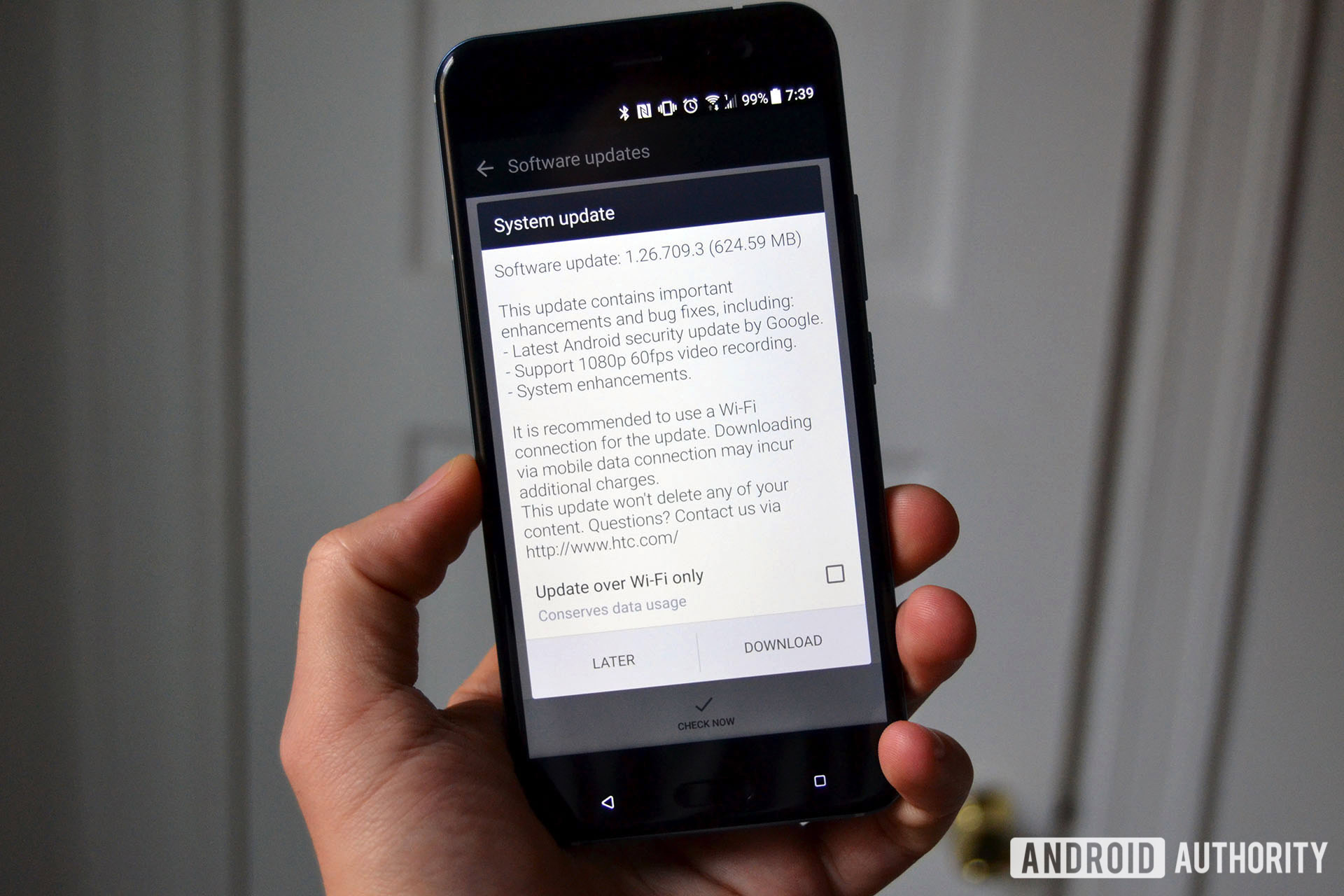
It seems like the next must-have smartphone is never more than a week or two from launch. This constant stream of snazzy new flagships might make you assume people are finding it harder and harder to stick with a single phone for very long.
Surprisingly, most users get about two years out of their smartphones before finally upgrading. The most recent data indicates the average user will upgrade his or her daily driver after 22.7 months with the device. But as contracts with wireless providers become less common and we’re no longer bound by a two-year upgrade cycle, how do you know when it’s time for an upgrade?

1. It doesn’t run the latest version of the OS
Android flagships are typically supported with software updates for two years following their release. So when you buy the latest Samsung Galaxy, you can probably expect to receive the next two major Android versions. However, it’s worth noting that most OEMs prioritize flagships, while budget and mid-range devices don’t receive the same level of support. It’s a little different over at Apple, though. While Android flagships usually have a two-year support cycle, iPhones tend to receive software updates for longer, usually between three and four years.
Is having the latest version of the mobile OS all that important? It is for some, but less important for others.
Of course, all the core functions you’ve come to expect and love from your smartphone will be present whether you’re on Android Nougat or KitKat. Where it makes a difference is with security; newer versions of Android address the security vulnerabilities that hackers inevitably find and exploit. Up-to-date software offers a level of protection from such vulnerabilities.
How do you know if your phone is still supported by the manufacturer? OEMs usually have lists on their websites of devices for which they publish updates. Reaching the end of a device’s support cycle is generally viewed as a great reason to upgrade your device. You can also keep an eye on our Nougat update and Oreo update trackers to see if your phone is on the list.
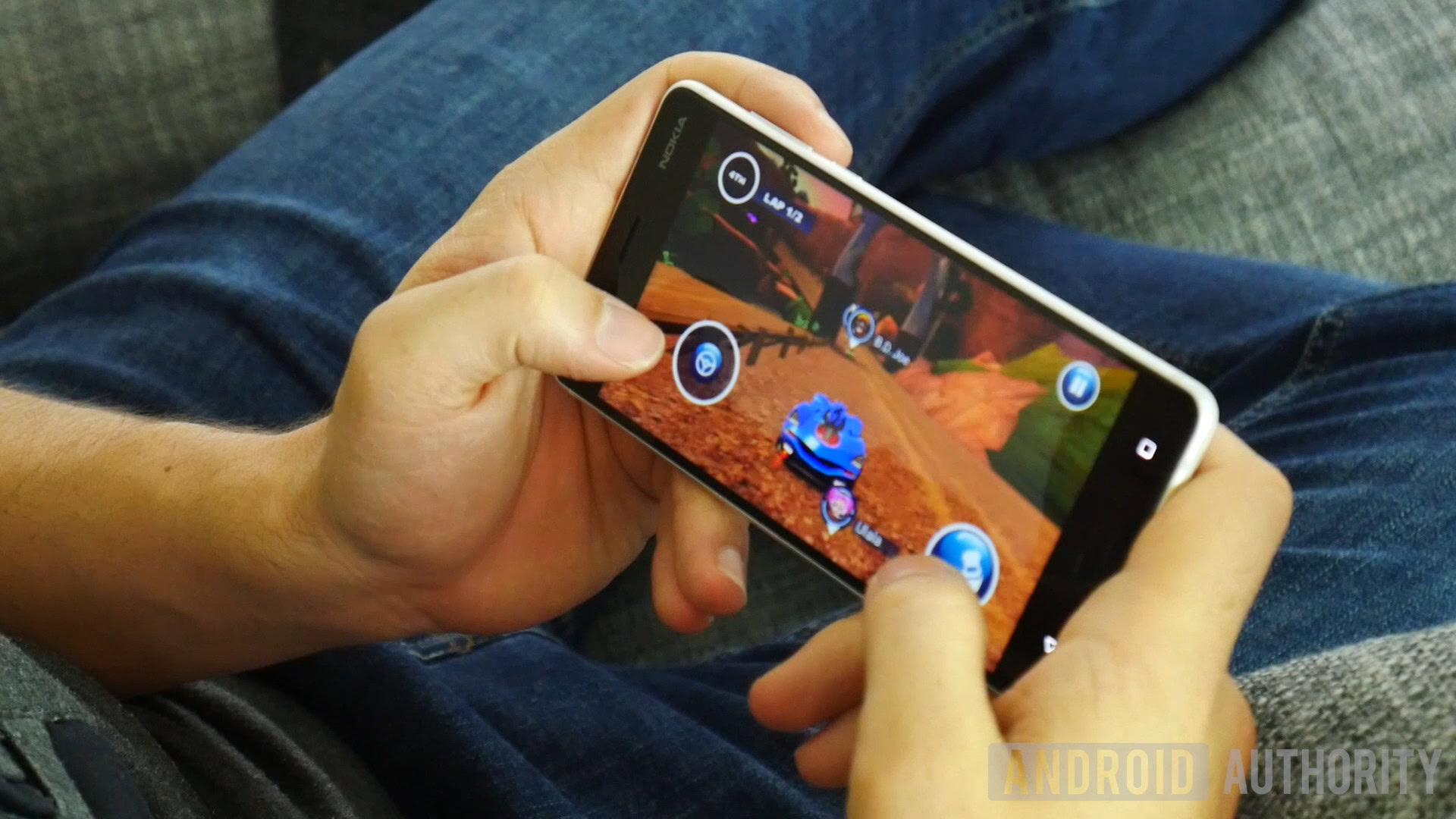
2. Performance has declined
We’ve all marveled at how snappy a smartphone feels when it’s brand new and freshly unboxed. Over time though, it will feel less peppy and less capable of running demanding games without dropping frames. After a year, there’s usually noticeable lag throughout the UI and things take much longer than before. Why does this happen?
Performance decay is something of a controversial topic in the Android world. Many believe it’s actually the user’s fault, due to the inevitable build-up of bloat after months and months of installing apps, which take up space and often run continuously in the background. Others insist that, while having an abundance of apps installed certainly worsens things, performance decay is due to the fragmented nature of file management, which allegedly makes a mess of its system files over time by breaking them down and spreading them all over the place.
The reality is that apps are constantly becoming bigger, more complex, and more resource-intensive. Your device may run the current crop of popular apps without a hiccup, but in a year or two the newer versions of those apps will inevitably put your phone under more strain than they do today. This can be caused by software and firmware updates gradually becoming geared towards more powerful, newer phones, or newer API versions your phone isn’t running. So while you may be able to download Asphalt 8 on a flagship from 2015, that doesn’t mean it will run well on such dated hardware and quite possibly won’t.
If it’s been a couple years since you’ve last upgraded your smartphone, whether from file bloat or just not being able to handle the strain of new software, it’s probably a good idea to start looking for an upgrade.
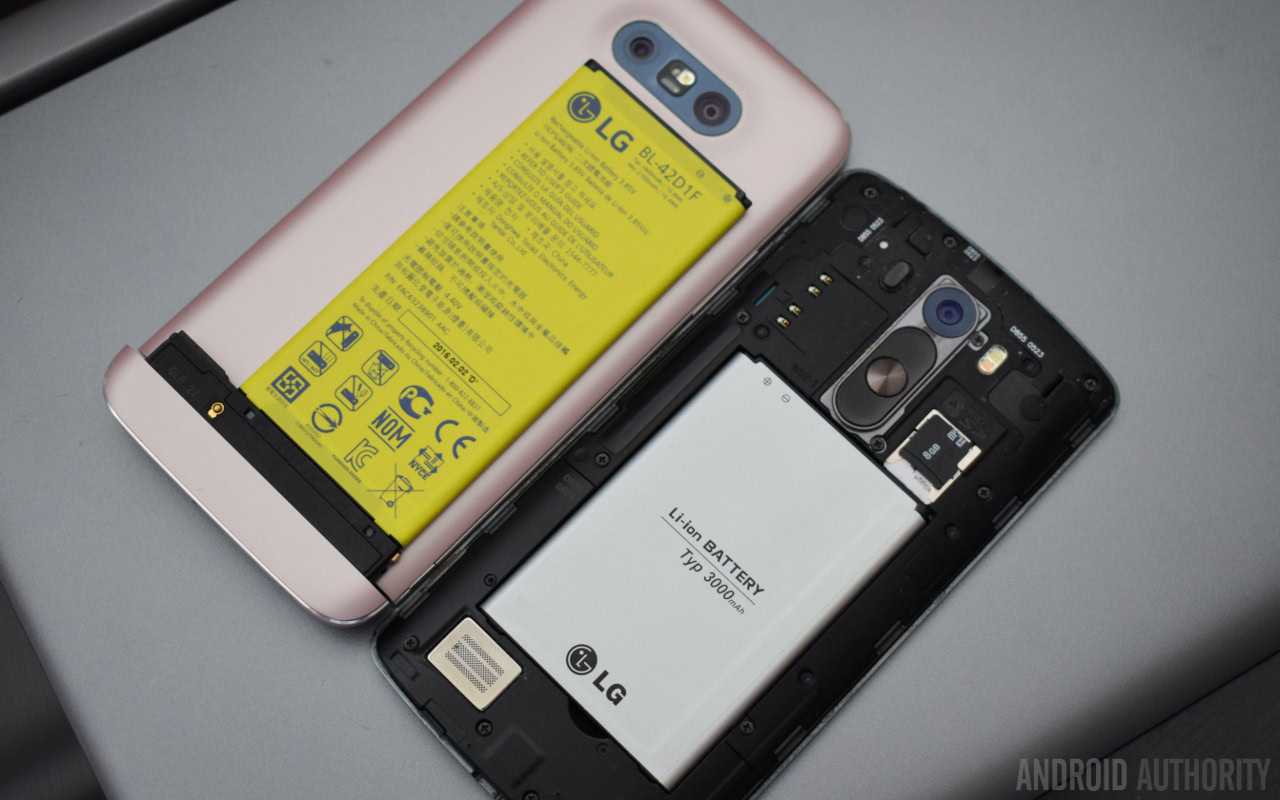
3. Battery life has become poor
In addition display and camera quality, battery life is one of the biggest selling points when shopping for a new smartphone. Depending on who you ask, it might actually be the most important feature.
As smartphones become more powerful, their batteries are put under a growing amount of strain. Moreover, every time the battery in your smartphone runs down, its full capacity will be slightly less when it comes time to charge. It’s not just with smartphone batteries; this performance decay is something that all lithium-ion batteries exhibit.
From the moment you start using a new smartphone, the battery loses some of its capacity with every charge. Batteries are only ever guaranteed for a finite number of charge cycles, which is defined as anytime you plug your device into its charging cable to charge when its power level is at 70 percent or lower. According to the Battery University, the battery in your smartphone will be somewhere between 84 and 73 percent of its original capacity after 250 charge cycles; assuming you charge your phone once per day, that’s a little less than eight-and-a-half months.
The battery is what allows you to use all your smartphone’s great features. So on a phone with a non-removable, and sometimes non-replaceable battery, once it has gone seriously downhill, it might be time to get a new phone.
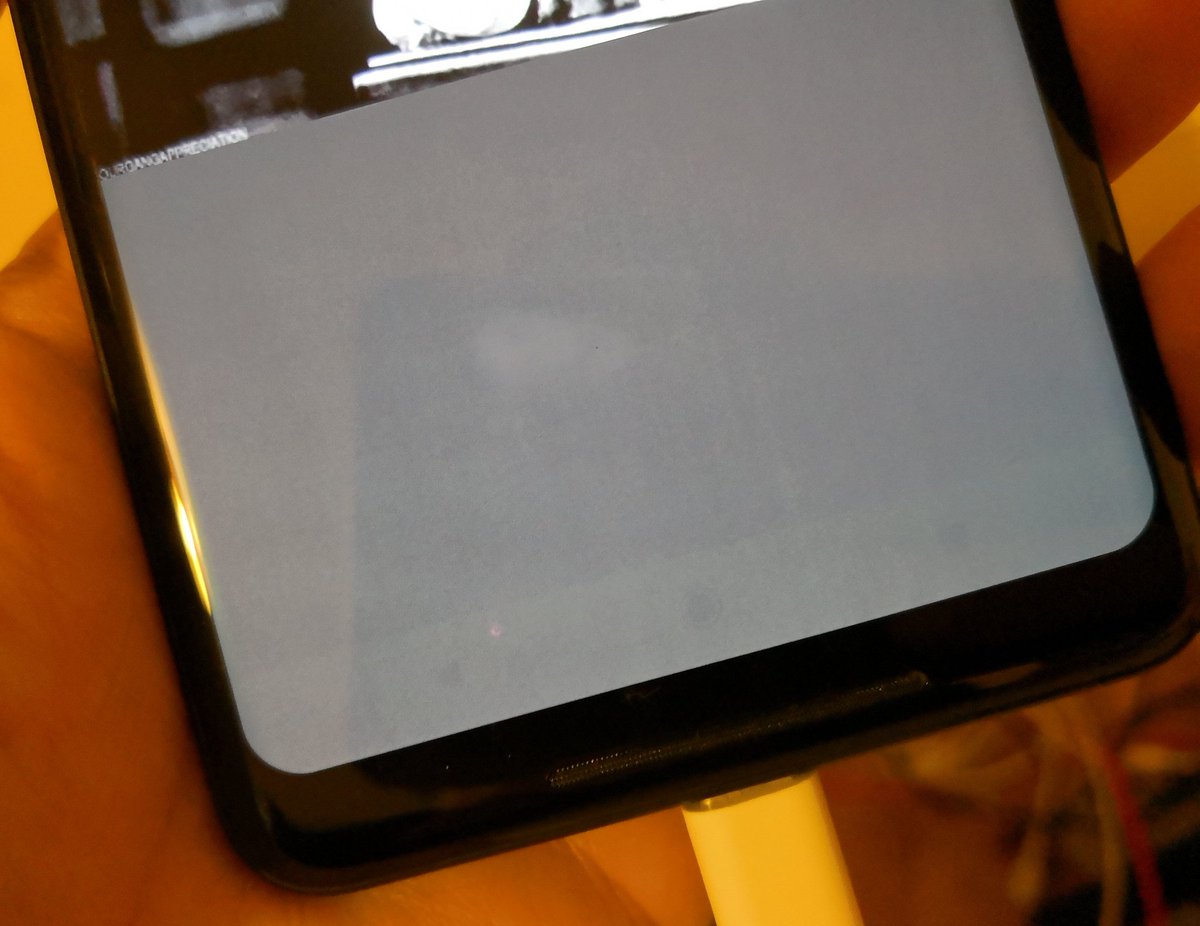
4. The display shows burn-in
Our own Robert Triggs recently wrote a piece that explains display burn-in quite nicely, but here’s the gist of it: burn-in is when you see the “ghost” of an image permanently fixed on the display. Once it’s there, screen burn-in will be visible no matter where you are in the operating system and no matter what is being displayed on the screen. Lately, burn-in has become especially concerning when it comes to on-screen or software navigation buttons.
If you want to check your smartphone for burn-in, find an image file that’s just a single solid color (white is the go-to for this exercise) and open it full-screen. Then look around the display for anything that looks like a watermark. If you see something, it’s not a secret message hidden in the image; it’s burn-in. If your device uses software navigation keys, that’s one of the most common places to see burn-in.
If your smartphone has an OLED display, burn-in is basically inevitable. Many smartphone makers have been looking for ways to prevent or slow this process down. For instance, Samsung and other OEMs have made tweaks that cause on-screen buttons and always-on display elements to periodically shift by a couple pixels. The shift is so small that you’ll only notice if you’re really looking for it, but this minute shifting of pixels ensures that the navigation buttons aren’t continuously lighting up the exact same pixels anytime the display is on.
LCD displays aren’t susceptible to burn-in, but for those whose smartphones have OLED displays, burn-in is a genuine concern. After using a device with an OLED display for two years, it’s likely that you’ll see some noticeable burn-in. If that burn-in is compromising your experience (i.e., making media consumption distracting and less enjoyable), it’s probably time for a new phone.
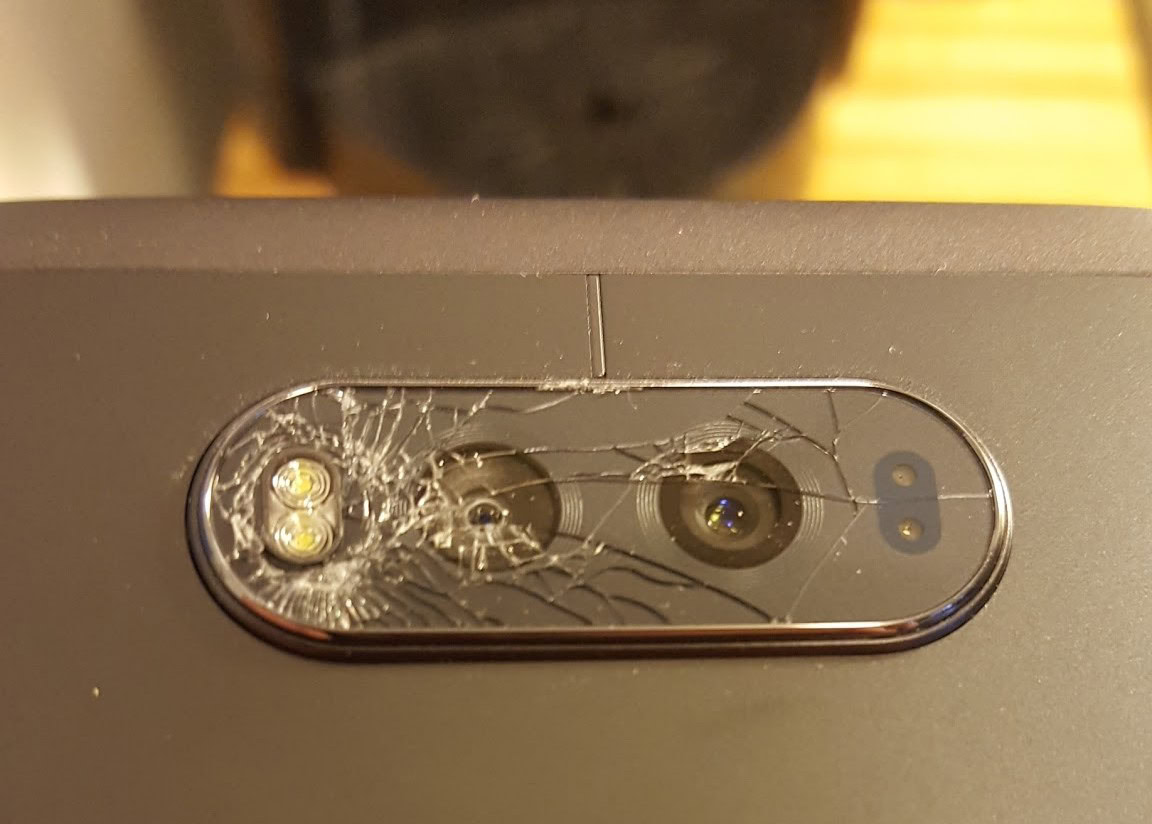
5. There’s physical damage that affects everyday use
If you’ve had your smartphone for a while, it’s probably been dropped. These drops can crack displays and break rear panels. Typically, a broken rear panel doesn’t affect usability with dangers of cutting oneself on shattered glass notwithstanding. A shattered display, however, tends to be a bigger problem. Even if the touch layer is still intact, it affects visibility and threatens to cut your fingers.
Drops can cause damage to other parts of your smartphone, too. With any impact, there’s a risk of causing internal components to shift and become loose. Buttons and ports, which can fail with regular use after sufficient time, can also stop working. The camera sensor could become detached from the main circuitboard, preventing you from taking photos or videos. The USB port might likewise get knocked loose, making it impossible to charge your device (unless it has wireless charging).
Drops can result in a major impedance to your overall user experience, even if it’s still usable. And smartphones wear out sooner or later anyway, even if they’re not dropped. When you’ve incurred damage that affects the user experience, you’ll likely find yourself upgrading ahead of your intended timeframe. Some can live with a damaged smartphone, but that depends on how the phone has been damaged. In many cases, it’ll no longer be serviceable sooner or later.
Conclusion
Any of these reasons can be enough to warrant an upgrade, but that’s not to say there aren’t others. There are plenty of reasons why a person might choose not to upgrade, too. Maybe you’d prefer not to switch into a new phone unless it’s the one you really want, which may not have come out yet. With plenty of people keeping their phones for about two years, upgrading isn’t done haphazardly, nor should it be when you consider ballooning prices.
It’s also worth mentioning that after a couple years of using the same smartphone, the difference when you do get a new phone will be much more noticeable. The two-year contracts of yesteryear conditioned many users to the ritual of upgrading every other year. So even if there aren’t any clearly measurable “signs” that you’re ready for a new smartphone, maybe you’ll know you’re ready because you just feel it.
Now I’d like to hear from you. Do you use any of these indicators as signs that it’s time for a new smartphone? Is there some other way you know it’s time? Do you keep a smartphone for a couple of years or do you upgrade more frequently? Sound off in the comments below!